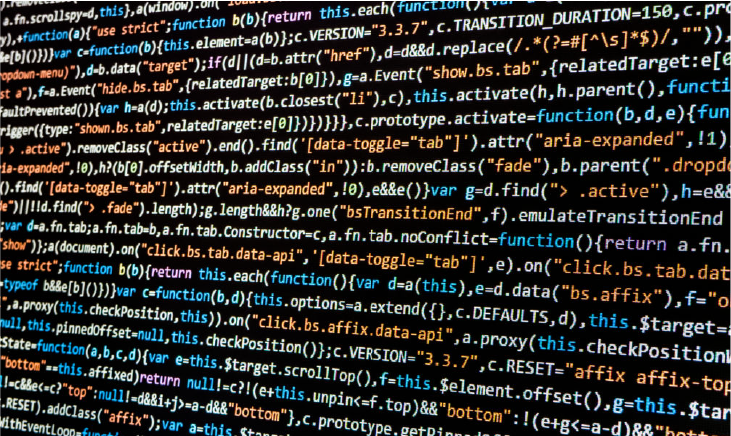
CSS (Cascading Style Sheets) is a style sheet language used to define the presentation and appearance of HTML (Hypertext Markup Language) elements on a webpage. It enables web developers to control the layout, typography, colors, spacing, and other visual aspects of a webpage, separate from its content. CSS allows for the creation of visually appealing and responsive web designs by applying styles to HTML elements using selectors, properties, and values.
- Modularity and Reusability: CSS promotes modularity and reusability by allowing web developers to define style rules once and apply them to multiple HTML elements or components. This reduces redundancy in code and makes it easier to maintain and update styles across a website.
- Cascade and Specificity: CSS follows the cascade and specificity rules, which determine the order of precedence for applying style rules to HTML elements. Understanding cascade and specificity is essential for managing and troubleshooting styles in CSS.
Overview
Styling Language: CSS is a styling language used to control the presentation and layout of HTML documents, defining the visual appearance of web pages.
Separation of Concerns:CSS promotes separation of concerns by separating content (HTML), presentation (CSS), and behavior (JavaScript), enhancing maintainability and scalability of web projects.
Modular Styling:CSS allows for modular styling through the use of classes, IDs, and selectors, enabling developers to apply consistent styles across multiple elements or customize individual components.
Responsive Design: CSS facilitates responsive web design by providing features like media queries and flexible layouts, ensuring websites adapt and display optimally on different devices and screen sizes.
Animation and Effects: CSS includes features for creating animations, transitions, and visual effects without relying on JavaScript, enhancing user experience and interactivity on web pages.

